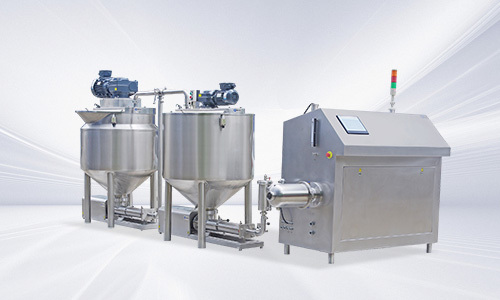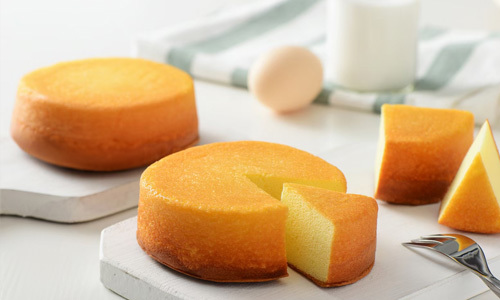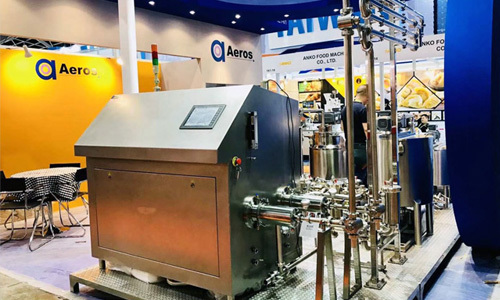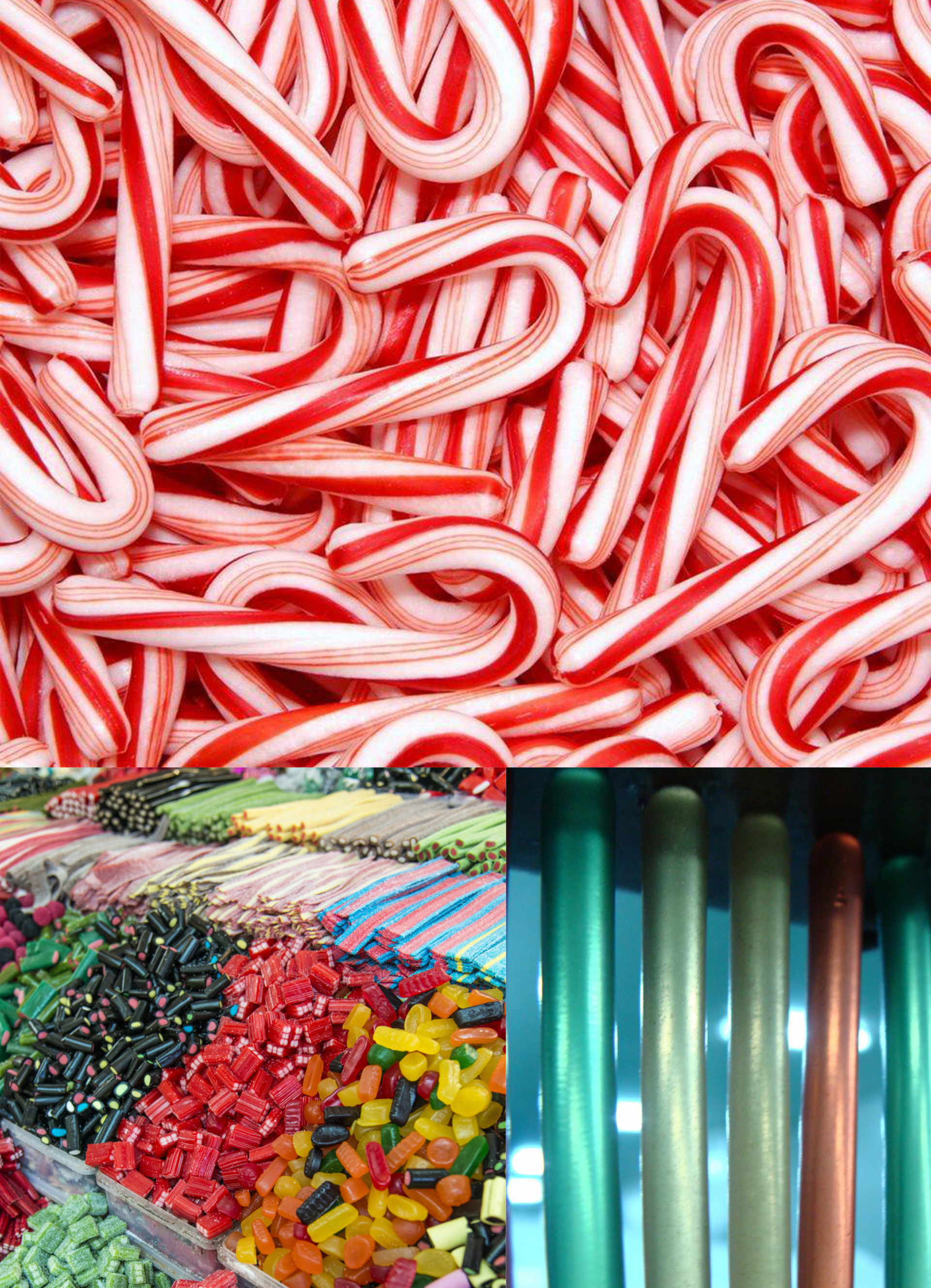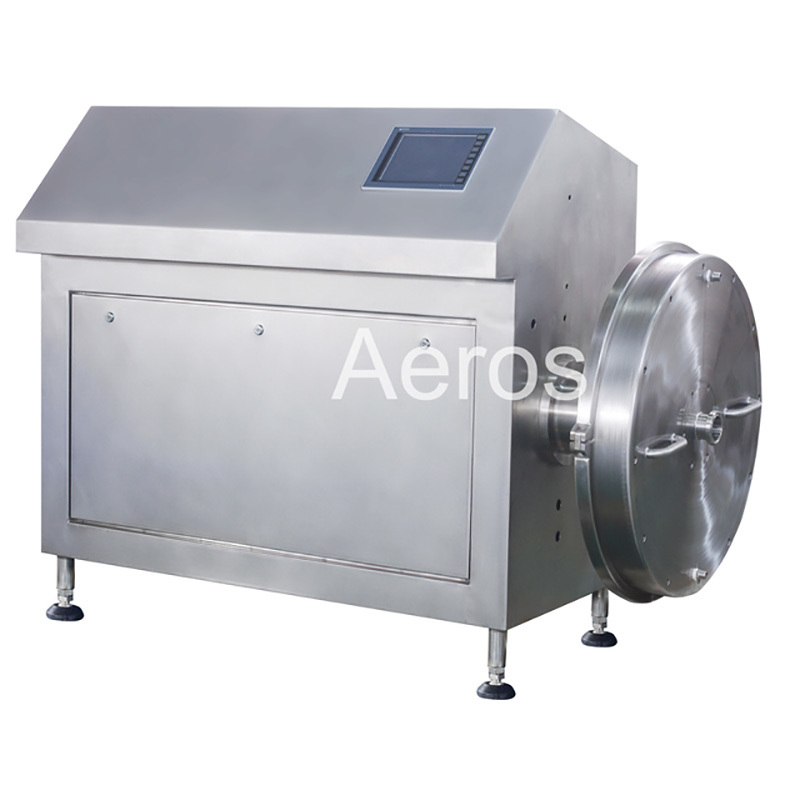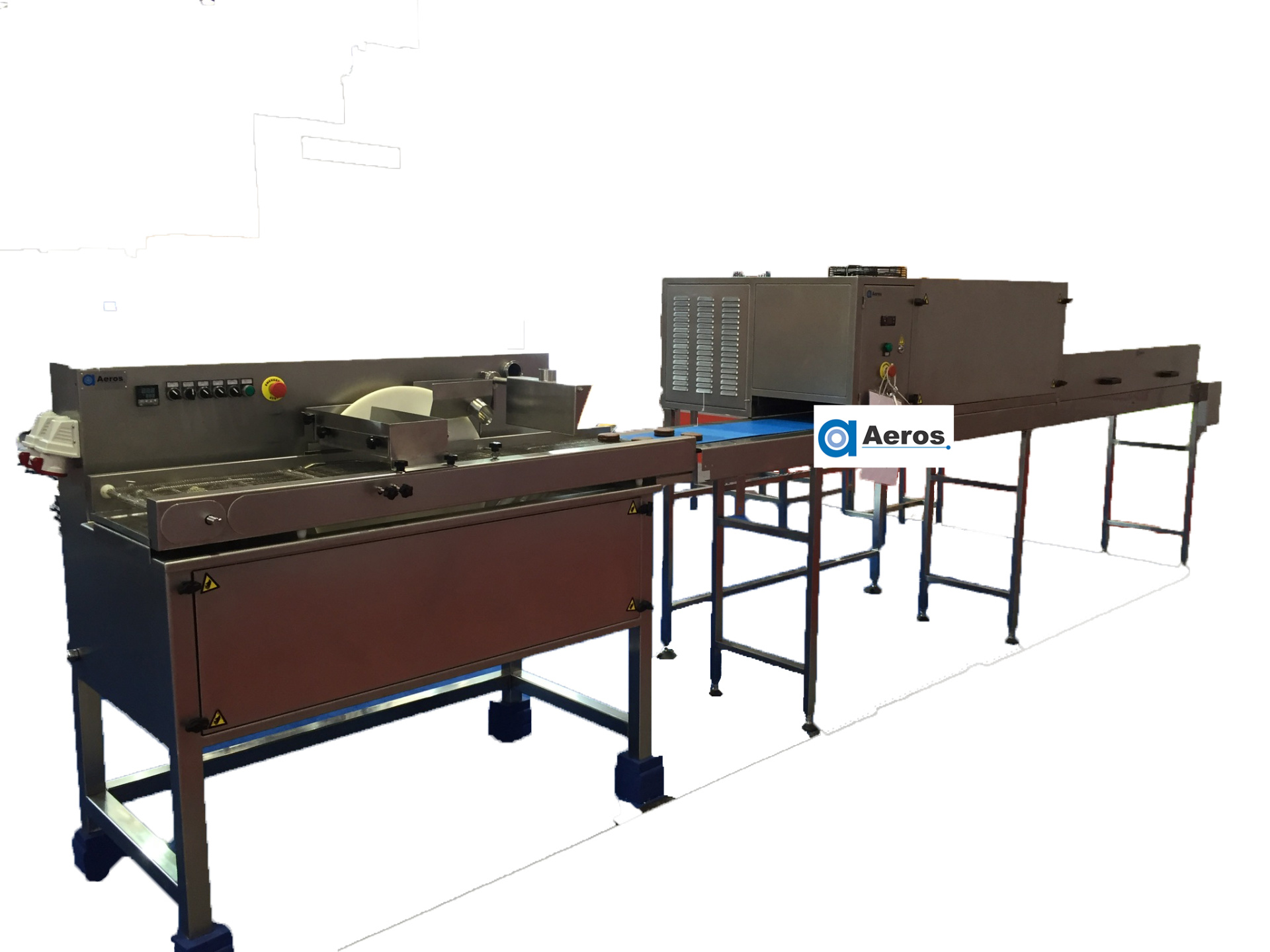Understanding Confectionery Machinery: The Heart of Candy Production

2025/07/09
Confectionery machinery plays a pivotal role in the candy production process, enabling manufacturers to create a diverse range of sweet treats efficiently and consistently. The evolution of technology in this field has led to remarkable advancements, allowing for increased automation, precision, and quality.
At the core of confectionery machinery are several key components designed for different stages of candy production. One of the primary machines is the mixer, which combines various ingredients—such as sugar, glucose, and flavorings—into a homogeneous mixture. This step is crucial as it lays the foundation for the final product's taste and texture.
Following mixing, the mixture typically undergoes cooking, where specialized cooking machines apply heat to achieve the desired consistency. This process transforms the mixture into a syrupy state, which is essential for making hard candies and other confections. Temperature control is vital during this phase as it affects the final product's hardness and melting point.
Once cooked, the candy mass requires shaping, which is where confectionery molding machines come into play. These machines create specific shapes and sizes, ranging from traditional bars to intricate designs. The use of molds allows manufacturers to produce consistent products that appeal to consumer preferences.
Another significant aspect of confectionery machinery involves cooling and hardening. After shaping, candies are transported to cooling tunnels, where they are subjected to controlled temperatures. This process ensures uniform cooling, preventing defects and enabling the candies to achieve their final texture.
Packaging is the final step in the confectionery production process, and specialized packaging machines play a vital role here. They automate the wrapping and sealing of candies, ensuring that products remain fresh and appealing to consumers. Efficient packaging not only enhances the shelf life but also contributes to the overall presentation of the product.
Innovation in confectionery machinery continues to advance, with trends focusing on sustainability, energy efficiency, and automation. Manufacturers are increasingly adopting eco-friendly practices, utilizing machines that reduce waste and energy consumption. Moreover, advancements in automation allow for higher production rates and greater consistency, meeting the growing demand for confectionery products worldwide.
In summary, confectionery machinery is an intricate and essential aspect of the candy manufacturing industry. From mixing and cooking to shaping and packaging, each machine plays a critical role in ensuring that sweets are produced efficiently and to the highest standards of quality. Understanding these processes can help stakeholders appreciate the complexity and artistry behind every delicious candy.
At the core of confectionery machinery are several key components designed for different stages of candy production. One of the primary machines is the mixer, which combines various ingredients—such as sugar, glucose, and flavorings—into a homogeneous mixture. This step is crucial as it lays the foundation for the final product's taste and texture.
Following mixing, the mixture typically undergoes cooking, where specialized cooking machines apply heat to achieve the desired consistency. This process transforms the mixture into a syrupy state, which is essential for making hard candies and other confections. Temperature control is vital during this phase as it affects the final product's hardness and melting point.
Once cooked, the candy mass requires shaping, which is where confectionery molding machines come into play. These machines create specific shapes and sizes, ranging from traditional bars to intricate designs. The use of molds allows manufacturers to produce consistent products that appeal to consumer preferences.
Another significant aspect of confectionery machinery involves cooling and hardening. After shaping, candies are transported to cooling tunnels, where they are subjected to controlled temperatures. This process ensures uniform cooling, preventing defects and enabling the candies to achieve their final texture.
Packaging is the final step in the confectionery production process, and specialized packaging machines play a vital role here. They automate the wrapping and sealing of candies, ensuring that products remain fresh and appealing to consumers. Efficient packaging not only enhances the shelf life but also contributes to the overall presentation of the product.
Innovation in confectionery machinery continues to advance, with trends focusing on sustainability, energy efficiency, and automation. Manufacturers are increasingly adopting eco-friendly practices, utilizing machines that reduce waste and energy consumption. Moreover, advancements in automation allow for higher production rates and greater consistency, meeting the growing demand for confectionery products worldwide.
In summary, confectionery machinery is an intricate and essential aspect of the candy manufacturing industry. From mixing and cooking to shaping and packaging, each machine plays a critical role in ensuring that sweets are produced efficiently and to the highest standards of quality. Understanding these processes can help stakeholders appreciate the complexity and artistry behind every delicious candy.
Confectionery machinery
Previous Page


